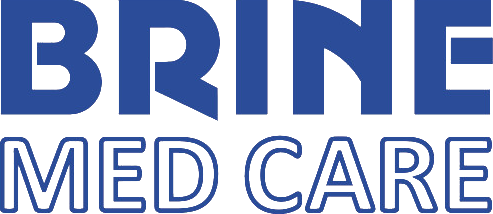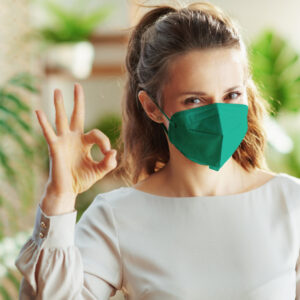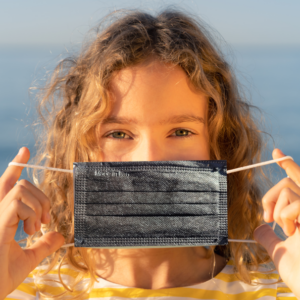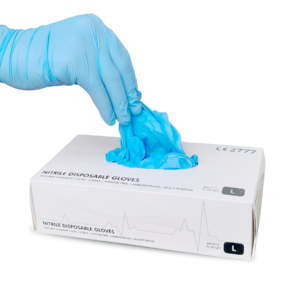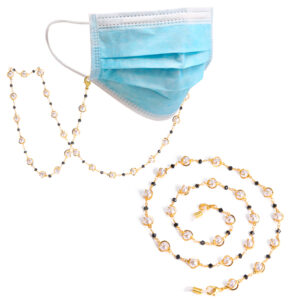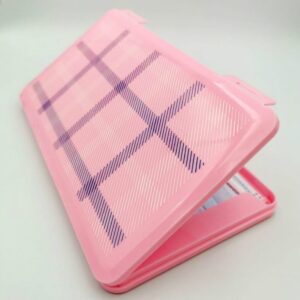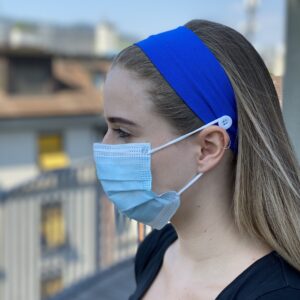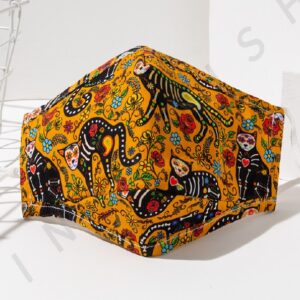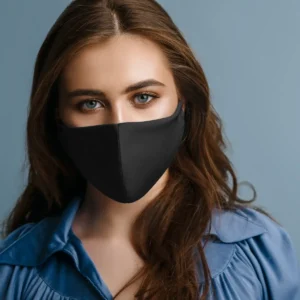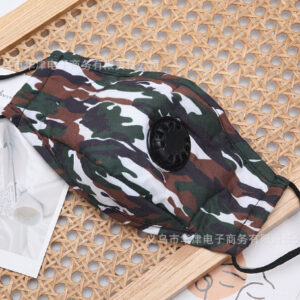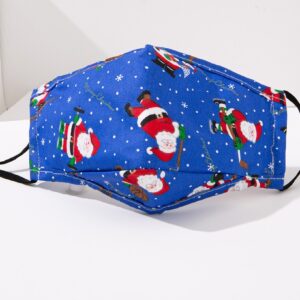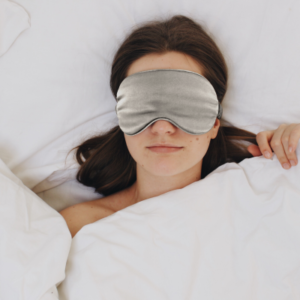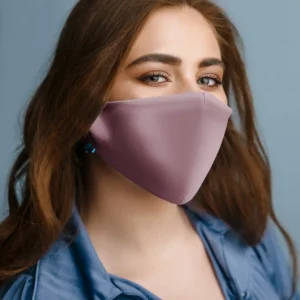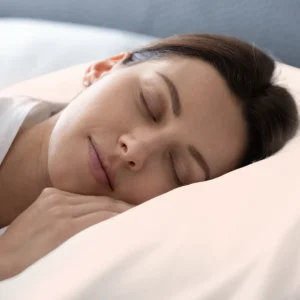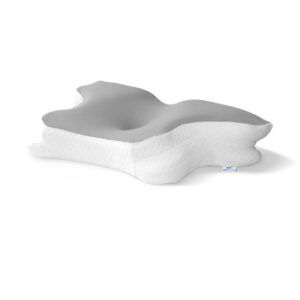fabric masks
Need for mask
If you want to protect yourself and others as much as possible from contracting seasonal viral diseases, we recommend that you stock up on a complete set of personal protective equipment. These include gloves, goggles or protective shields, disinfectants and, of course, medical masks. The latter do not give a 100% guarantee of safety, but they do reduce the risk of infection considerably. In this case, it is proposed to order such a product as a three-layer non-woven medical mask from the factory production. It is recommended to wear a face mask during an epidemic. Going out in public without a mask not only risks infecting yourself, but also spreading the virus to others – because a person may not even know they are sick. Despite the fact that masks can not be found in pharmacies and stores, I urge you not to rely on chance and take care of yourself and those around you.
FABRIC MASKS
The effectiveness of a face mask really depends on the material used for the mask and how well the mask fits you. When it comes to face masks, it is important to know which ones keep people safe. They are prettier, more attractive and more comfortable, but often less safe. It depends on the material they are made of, the filter used and the maintenance. For all these reasons, cloth masks are now in the spotlight. Masks have become the iconic image of the coronavirus crisis. But they are not all the same or protect in the same way. What is the difference between surgical masks and those with a valve? Is there any point in making a homemade mask out of toilet paper or with fabric, as seen in many tutorials created during the pandemic?
Their purpose is to protect the one who wears them. The FFP2 and FFP3 masks do prevent the coronavirus from entering ; but even in health centres they are in short supply and there are bottlenecks. “Ideally, healthcare workers and people who come into contact with a sick person wear FFP2; however, because there is a deficit, the protocols for admitting patients require both the patient and the person treating them to wear surgical masks. When using ventilation techniques, e.g. with ventilators or nebulisers, the use of FFP2 or FFP3 is mandatory. The FFP2 and FFP3 protect against the coronavirus, but should be used only by medical personnel and people at increased risk, out of solidarity and not to collapse the system, remind the authorities.
Masks are now a sought-after commodity. Experts have called for those that actually filter the virus (labeled FPP2 and FPP3) to be reserved for health care workers who face significant viral loads on a daily basis. However, this material always ends up on the drip and has to be replaced by surgical masks made of fabric or paper. The latter are used to prevent a patient from infecting others, but are of little use to doctors as they are neither hermetic nor filtered. Fabric masks are distributed to many residential and health care facilities throughout the country. Covering the face with a cloth mask helps limit the spread of COVID-19, protecting the most vulnerable patients and the administrative and medical staff who care for them.
EFFECTIVE FABRIC MASK
Cloth masks have become increasingly common during the year that has already passed the coronavirus pandemic. Often viewed with suspicion, there is a safe way to wear them, according to the World Health Organization (WHO). There are several types of masks, including masks for the general public made of fabric. If the municipalities were able to distribute free of charge to their citizens, it is also possible to make your own cloth mask, light and easy. This way you can avoid running out of masks. To be as effective as possible, the fabric mask for the general public should not be worn for more than 4 hours. Cloth masks filter an average of 70 percent of particles, while Category 1 masks, such as surgical masks, filter at least 90 percent of particles. “There are no controls on the performance of artisanal masks,” warns the HCSP, noting that it has forwarded its recommendations to the government. The opinion does not apply to Category 1 washable fabric masks provided by manufacturers and validated by the Directorate General of Armed Forces, “which are as effective in performance as surgical masks,” the agency says.
The authorities have made it compulsory to wear an FFP2 mask on public transport and in shops. To be effective as a physical barrier, the homemade mask must comply with some production and hygiene rules: The mask must have at least two layers of fabric and be individually applicable. It must also be made to fit the face and completely cover the nose and mouth. As a guideline, the mask should be changed every two hours or before if it becomes wet or shows signs of contamination. Only masks are allowed and the visors may only be used in addition to the mask. Currently on the market there are disposable surgical masks, reusable masks made of fabric, mainly cotton, and masks with special filters, e.g. FFP2 and FFP3. In general, a distinction can be made between face masks and filtering face masks. Mouth guards are available as medical pads or cloth pads that do not fit tightly against the face.
Filter and fabric masks
Respiratory protection such as filtering face masks is a different type of mask that fits completely tight to the face, which is why breathing is done exclusively through a filter. It is recommended to use CE-marked disposable masks if you are infected, if you are at increased risk for a severe course, if you become infected, or if you need to be with a person at increased risk. A cloth mask must be made of 3 layers of fabric, have elastic bands that can be tucked behind the ears, and fit close to the face so that it covers both the nose and mouth. The cloths must be washable at 60 degrees. It is possible to buy CE marked cloth masks. As a rule, filter masks must not be used for more than 3 hours per working day, as they are more stressful physiologically and in terms of wearing comfort when worn for longer periods.

